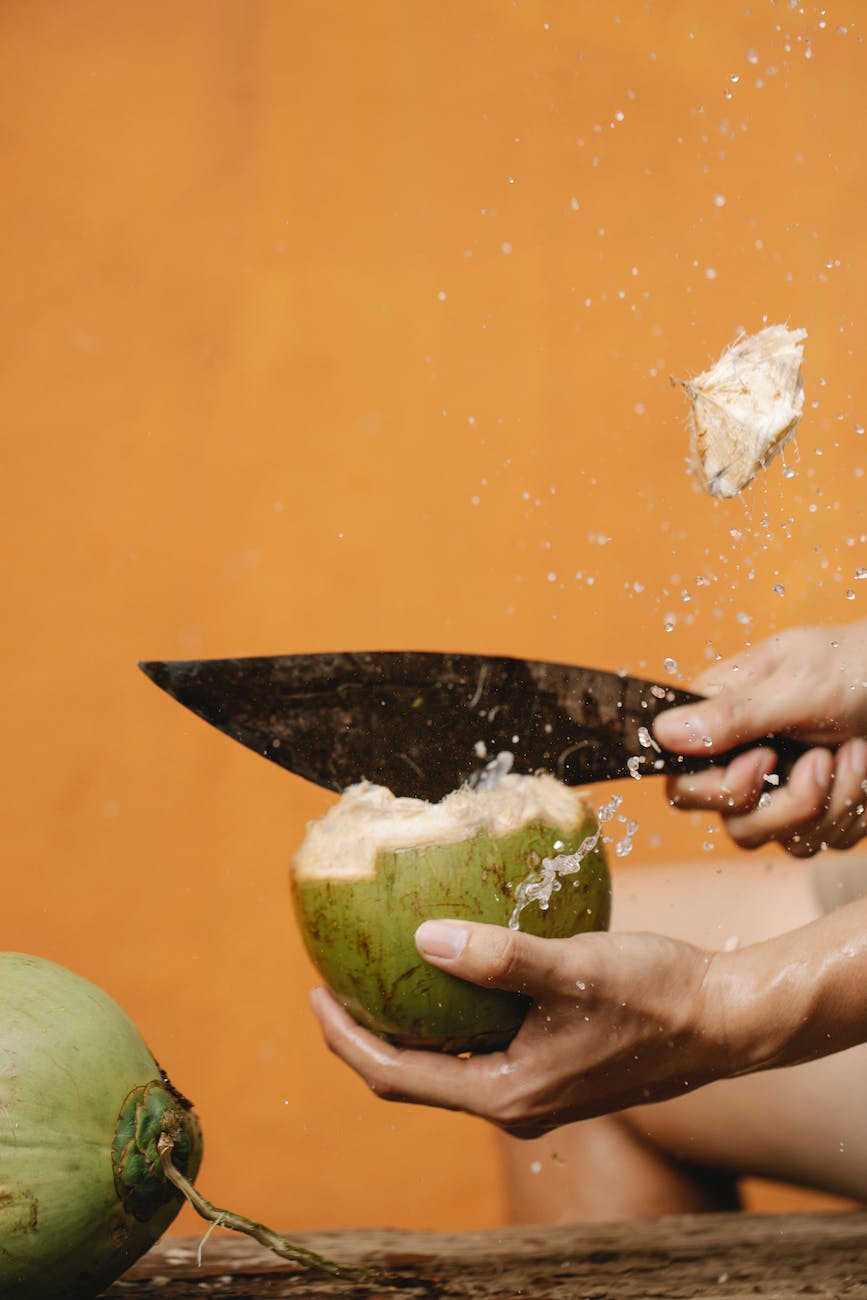Soy milk, derived from soybeans, has gained popularity as a plant-based alternative to cow’s milk. Packed with nutrients and unique health benefits, soy milk has become a staple in many households. In this post, we’ll dive into the health perks of drinking soy milk, exploring its nutritional profile, potential health benefits, and ways to incorporate it into your daily routine. Get ready to discover why soy milk is not just a delicious dairy alternative but also a nutritious addition to your diet! 🥛🌱💪✨
🌱 A Nutritional Powerhouse: Soy milk is known for its impressive nutritional profile. Here are some key nutrients found in soy milk:
1️⃣ Protein: Soy milk is a rich source of plant-based protein, making it an excellent option for vegans, vegetarians, and those looking to reduce their reliance on animal products. Protein is essential for various bodily functions, including muscle growth and repair. Soy milk contains all nine essential amino acids, making it a complete protein source.
2️⃣ Healthy Fats: Soy milk contains unsaturated fats, including omega-3 and omega-6 fatty acids. These fats are beneficial for heart health, reducing inflammation, and supporting brain function. The presence of these healthy fats also aids in the absorption of fat-soluble vitamins.
3️⃣ Calcium: Many brands fortify soy milk with calcium, making it a suitable alternative for individuals who are lactose intolerant or avoiding dairy. Calcium is crucial for maintaining strong bones and teeth, supporting nerve function, and promoting proper muscle contraction. Be sure to choose a calcium-fortified variety to ensure adequate intake.
4️⃣ Vitamins and Minerals: Soy milk is a good source of essential vitamins and minerals, including vitamin D, vitamin B12, phosphorus, potassium, and magnesium. These nutrients play vital roles in overall health, immune function, energy production, and maintaining healthy cellular processes.
💪 Potential Health Benefits: Drinking soy milk has been associated with several health benefits. Here are a few worth noting:
1️⃣ Heart Health: Soy milk is low in saturated fat and cholesterol-free, making it a heart-healthy choice. Consuming soy milk as part of a balanced diet has been linked to lower cholesterol levels and a reduced risk of heart disease. The presence of omega-3 fatty acids in soy milk also supports cardiovascular health.
2️⃣ Bone Health: Calcium-fortified soy milk can contribute to optimal bone health, especially in individuals who are lactose intolerant or follow a vegan or vegetarian diet. Adequate calcium intake is essential for preventing osteoporosis and maintaining bone density. The presence of vitamin D in soy milk aids in calcium absorption.
3️⃣ Hormone Balance: Soy milk contains compounds called phytoestrogens, which are plant-based estrogens. These compounds have been studied for their potential positive effects on hormone balance, particularly in women experiencing menopause symptoms. Phytoestrogens can help alleviate hot flashes and support overall hormonal health.
4️⃣ Weight Management: Soy milk is relatively low in calories compared to cow’s milk and may be beneficial for weight management. Its high protein content helps promote feelings of fullness and can assist in controlling calorie intake. Additionally, soy milk contains fiber, which aids in digestion and promotes satiety.
✨ Incorporating Soy Milk into Your Diet: There are various ways to enjoy the health benefits of soy milk. Here are a few ideas:
1️⃣ Enjoy It on Its Own: Sip a glass of chilled soy milk as a refreshing and nutritious beverage. Opt for unsweetened or lightly sweetened varieties to keep added sugars in check. You can also experiment with different flavors like vanilla or chocolate for a delightful treat.
2️⃣ Use It in Smoothies: Blend soy milk with fruits, vegetables, and your favorite smoothie ingredients for a creamy and plant-based treat. The smooth texture of soy milk makes it an ideal base for a wide range of smoothie combinations.
3️⃣ Cereal and Oatmeal: Pour soy milk over your favorite cereal or use it to make a creamy bowl of oatmeal for a nourishing and filling breakfast. The creamy consistency of soy milk enhances the taste and texture of your morning meal.
4️⃣ Coffee and Tea: Use soy milk as a dairy alternative in your morning coffee or tea for a creamy and flavorful twist. It blends well with the rich flavors of coffee and complements the delicate notes of tea.
5️⃣ Cooking and Baking: Replace cow’s milk with soy milk in your favorite recipes. Whether you’re making pancakes, muffins, or sauces, soy milk can be a suitable substitute, providing a creamy texture and adding a subtle nutty flavor.
6️⃣ Dairy-Free Treats: Explore the world of dairy-free desserts and treats using soy milk as a key ingredient. From creamy puddings to luscious ice creams, soy milk can be the foundation of delicious and satisfying dairy alternatives.
🥛🌱💪✨ Discover the Benefits of Soy Milk: Soy milk is not just a substitute for cow’s milk—it’s a nutritional powerhouse in its own right. With its protein content, healthy fats, vitamins, and minerals, soy milk offers numerous health perks. Incorporating soy milk into your diet can support heart health, bone health, hormone balance, weight management, and overall well-being. So why not give it a try and embrace the benefits of this plant-based delight? 🥛🌱💪✨










